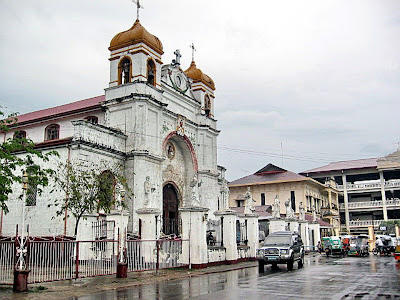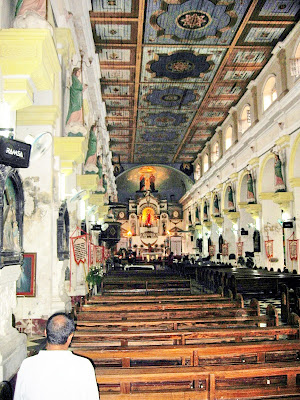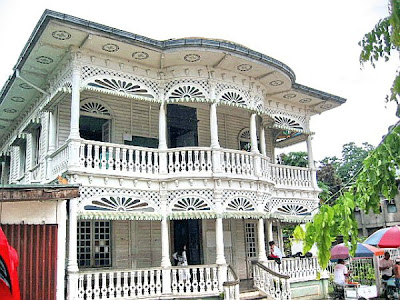After our tour of Macau Fisherman’s Wharf, we returned to our bus which brought us to the Metro Park Hotel for lunch. After lunch, Grace, Dad and Mom were to be brought back to the Venetian while Jandy, Cheska and I asked to be dropped off at Leal Senado Square (Largo do Leal Senado), our starting point for our own tour of Macau’s churches.
Here, we got the best rate for exchanging Philippine pesos to Macau Patakas or MOP$, doing so on the recommendation of a Filipino kababayan doing the same thing. Macau has a sizeable Filipino community (officially 2% of Macau’s population) working in casinos (including the Venetian), retail outlets, restaurants, transport companies and even in the airport where there is a need for amiable, hard-working and English-speaking staff. Aside from telling me which money changer to go to, they were also helpful sources of information (we had a hard time talking to the Chinese natives in English) on where the free shuttles are parked, where to buy certain goods, directions to tourist spots, etc.
The postcard-pretty Leal Senado Square, part of the UNESCO World Heritage Site “Historic Center of Macau,” has been Macau’s urban center for centuries. In the past, this Portuguese-style piazza was where the governors inspected military troops and the police force when they took up their posts. The square is still the most popular venue for public events and celebrations today.
It has coffee shops (Starbucks), restaurants (including a MacDonalds), market lanes and shops (garments, lingerie, fashion ware, kids clothes, accessories, sportswear, shoes, etc.) and is always filled with people and tourists, whether day or night.
Located close to the former Senate building (now the Civic and Municipal Affairs Bureau Building), the 3,700 sq. m. square is surrounded by pastel-colored, Neo-Classical buildings, creating a consistent and harmonious Mediterranean atmosphere. They include the Macau General Post Office Building, the Church of St. Dominic and the Holy House of Mercy (Santa Casa da Misericórdia) which was being renovated during our visit. At the center of the square is a beautiful fountain.
Its pavement is a beautiful wave-patterned mosaic of colored stones created by Portuguese experts. From Avenida de Almeida Ribeiro to the Church of St. Dominic, the pavement extends to the Ruins of St. Paul’s, making the heart of the city a pedestrian paradise. Avenida de Almeida Ribeiro, built in 1918 to link Praia Grande with the Inner Harbour, passes through the old “Christian Quarter” and “Chinatown.”
The Macau General Post Office Building, completed in 1929, has also been selected as a building of architectural and artistic value. It was designed by a Chinese architect, Chen Kunpei, and was built on the site of Tong Sin Tong, a Chinese charitable institution that consisted of some small low houses. The Post Office is the only grand project to have been built along the lines of Classical architecture, and it stands 3 storeys high, with a basement, constructed entirely of cement.


















































